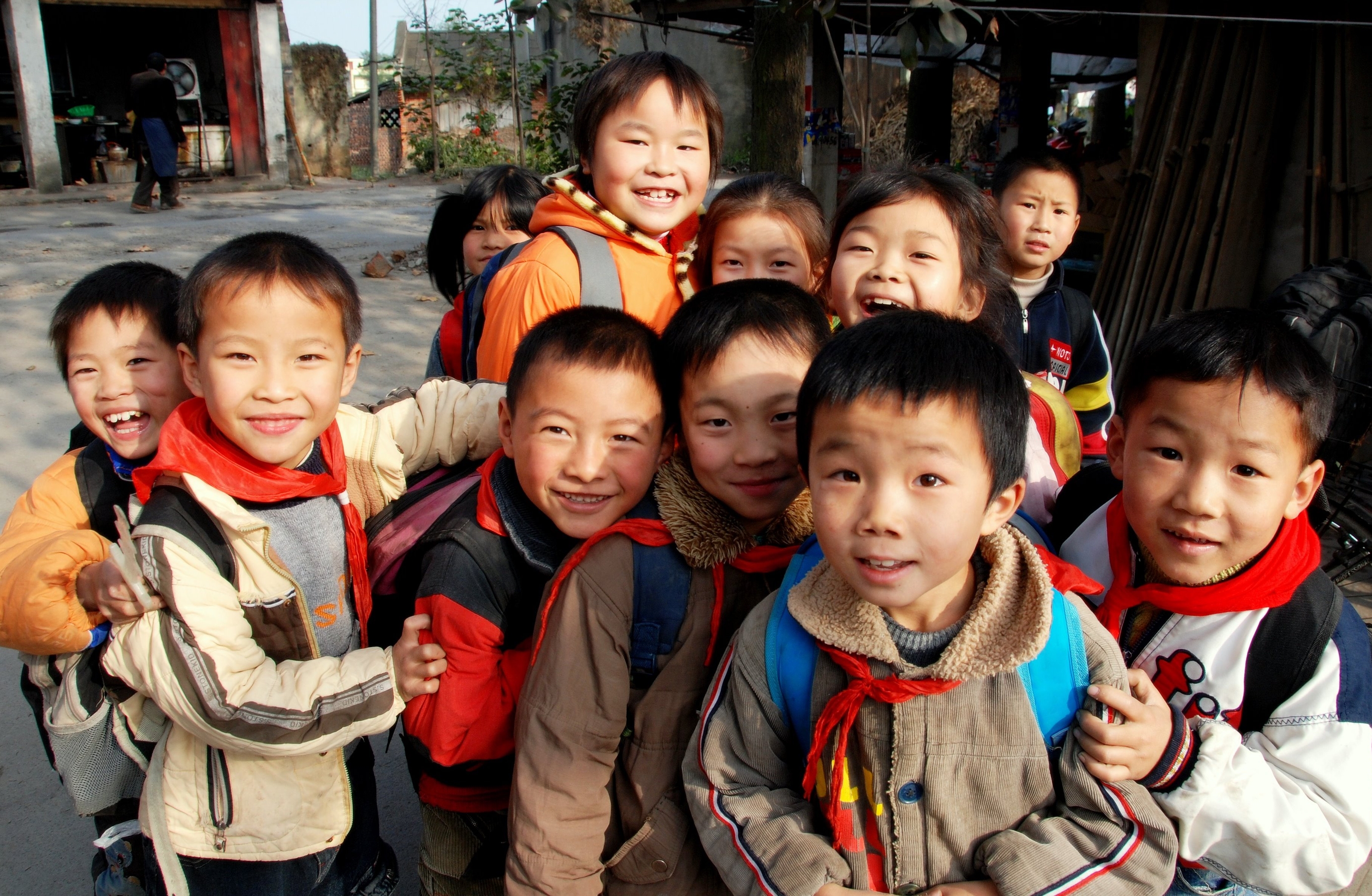Jacob Bojesson
China’s new plan to allow married couples to have two children will turn the regime’s oppression from forced abortions to forced pregnancies, experts believe.
The Communist party in China received praise for loosening its one-child policy as another step toward democracy and a more open society. In reality, the sudden reversal is just another way for the totalitarian regime to achieve its goals and let its citizens know who’s in control.
Steven Mosher, president of the Population Research Institute, has studied demographic patterns in China for decades. Speaking to The Daily Caller News Foundation, Mosher said the two-child policy is needed for the regime to achieve its new five-year plan of economic development.
“China’s leaders don’t do anything out of pure ideology,” Mosher told TheDCNF. “If you look at the five-year plan, they have actual numbers of babies they want to be born. They’re planning reproduction the same way they’re planning the number of aircraft carriers, planes, tanks and steel and everything else.”
Mosher has seen first-hand how ruthless the regime is when it comes to keeping reproduction in accordance with policy. After 35 years of anti-birth propaganda, few couples actually want to have a second child. Kim Jong Unoutlawed abortions in North Korea last month to increase the birth rate of a declining population. Mosher believes similar measures might be taken in China, along with forced pregnancies for women.
“If they need more babies, there will be forced pregnancies in China. There will be orders to couples to bear a child for the state,” he said. “They will have no trouble telling women they have to get pregnant for the good of the state.”
Such a policy would mark a complete switch from the practices over the past 35 years, in which the state has forced millions of abortions on pregnant women each year.
One of the main issues is that only married couples are allowed to have children. At the same time, couples are not allowed to get married until their mid-twenties, which has led nine out of 10 girls that has had premarital sex to have an abortion. The police keeps records of the eligibility for women to have babies, and if suspicion rises, house visits and violence becomes the solution to get the woman to a clinic. (RELATED: The Insane Numbers That Explain Why China Abolished Its One-Child Policy)
“If she refuses, they will continually up the pressure as kind of a stair-step process where you’re visited by one official, then by three officials, then by five officials,” Mosher said. “If you still don’t comply, 10 officials come in the middle of the night, push your husband aside and take you by force to the abortion clinic for an abortion. That is a frequent concurrent in China today, and that’s how the policy is enforced.”
In cases where babies slip through the cracks and get born without permission, a fine of three to five years of total family income is enforced on the couple if they want to legally register their child. On top of that, the man will lose his job, and followed by the cutting off of basic utilities, like water and electricity.
“This is a path-breaking fine,” Mosher said. “It’s enough money to buy a house in China.”
If the family can’t pay, the child becomes a child of status — a so-called “heihaizi,” meaning a “black child” who is not registered by the government and lives in the shadows of society.
“There are millions of these in China,” Mosher said. “They are not allowed to register for school. They are not allowed to receive health care. It is invisible in the eyes of the government.”
The two-child policy isn’t the first time the regime has done a complete 180. Controlling reproduction has been a successful tool to keep the workforce large enough to meet economic needs, while also letting the people know who owns them.
It dates back to the 1950s, when the first five-year plan was announced, and is one of the strongest legacies of Chairman Mao Zedong. Mao enforced reproduction as a way of making up for the civilians lost in his civil war. A decade later, when 42 million people lost their lives from famine after the collapse of the economic system, he began rationing down the numbers.
China gave its citizens more freedom and leaned away from a planned economy in the 1970s, by allowing people to own and operate their own businesses and take profits from the farms they leased from the government. The current one-child policy of 1980 was implemented to compensate for the increase in freedom, by “taking the muscular rhythm away from the system,” as Mosher puts it.
“Controlling reproduction under a state plan was just as important as controlling production,” he said. “It’s always been a way of saying: ‘don’t think because just because you have your own business and farm now, that we are no longer in control, because we control your reproduction, we control how many children you have.’”
A look at the new five-year plan shows an ambition to double the GDP from where it was in 2010, with a 6.5 percent growth over the next five years. The booming economy in China has slowed down in recent years with an aging population as a result of the controlled reproduction. While the Chinese authorities stated a 6.9 percent growth in the third quarter, economists believe the actual growth probably closer 4 percent, according to Forbes.
Chinese demographers have long warned the government about the consequences of the one-child policy which are now becoming more and more visible. Nicholas Eberstadt, political economist at the American Enterprise Institute, said “the neo-Malthusian ideology to which China’s bosses still seem to be slave,” explains an unwillingness to loosen “the single greatest social-policy error in human history.”
“Contemporary China has a host of top-flight demographers and population economists—and so far as I can tell, almost all are critics of their country’s population program,” Eberstadt said. “For all the talk of ‘reforming’—and we have been hearing it overseas for almost two decades now—the Chinese government has been unwilling to dispense with these instruments of social control precisely because they are instruments of social control.”
The sought-after effects of the new plan will take decades to achieve. A quick fix to the problem would be to let the heihaizi join society, but the communist regime has too much pride to admit that one of its policies were wrong. Regardless of the number of children allowed, a quota on reproduction will always be the ultimate power move for a totalitarian regime, with a less prosperous society as a result.
“As long as Beijing deforms Chinese society with these misbegotten tools, the nation’s future will be compromised, poorer and sadder than it otherwise could be,” Eberstadt concluded.





4 comments
… [Trackback]
[…] Find More Info here to that Topic: thelibertarianrepublic.com/chinas-two-child-policy-plan-is-just-another-power-move-for-a-totalitarian-regime/ […]
… [Trackback]
[…] Information to that Topic: thelibertarianrepublic.com/chinas-two-child-policy-plan-is-just-another-power-move-for-a-totalitarian-regime/ […]
… [Trackback]
[…] Find More to that Topic: thelibertarianrepublic.com/chinas-two-child-policy-plan-is-just-another-power-move-for-a-totalitarian-regime/ […]
… [Trackback]
[…] Read More on on that Topic: thelibertarianrepublic.com/chinas-two-child-policy-plan-is-just-another-power-move-for-a-totalitarian-regime/ […]